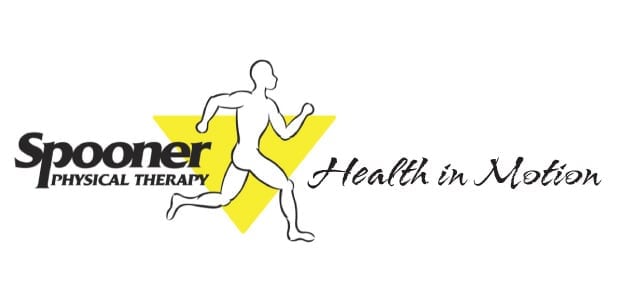Contributed by: Ryne Foster, PT, DPT, OCS, FAFS
Spooner Physical Therapy-Desert Ridge
Back pain is a very common complaint from many of us at some point in our lifetimes. Sitting for extended periods can be one of the many causes of neck and back pain. These effects can range from head to toe but has a direct effect on our lumbar spine.
Back and neck pain can come from many conditions from degenerative disc disease, spinal stenosis, bulging discs, or postural syndrome. Degenerative disc disease is not really a disease but a term used to describe the normal changes in your spine as you age or due to repetitive stress from movement or faulty postures. Degenerative disc disease can take place throughout the spine, but it most often occurs in the discs in the lower back (lumbar region) and the neck (cervical region). Lumbar Stenosis is when the foramen (openings) and/or spinal canal have narrowed and can lead to entrapment/impingement of the nerves exiting the spine. Bulging Discs are when your disc begins to get a bulge, protrusion, or herniation causing pain and sometimes sciatica. Sciatica is actually just referral pain that progresses down into your leg.
Postural syndrome of the lumbar spine is a condition that causes pain in the lower back without any significant trauma or damage to tissue. Patients with postural syndrome only experience symptoms, such as an ache or pain in the lower back, during activities that place sustained stress on normal tissue. Most commonly, this is due to sustained poor posture. Poor sitting posture is the most common cause of back pain. Just sitting with normal posture has been studied to have up to 50% greater forces and loads on your low back discs/spine when compared to standing posture. Per a study of people who sat and watched 7+ hours of TV per day over many years (just like sitting looking at a computer) were 61% greater risk of dying than those who watched less than 1 hour1. This study is harsh but does paint an ugly picture of the perils from sitting. It is very important to get up to stretch, walk or at least move every hour during your work day. Just by changing position or moving you can help to rehydrate your spinal discs, improve blood flow to your legs, and help to reduce the tension in your muscles. TAKE A BREAK AND GET MOVING!
Reference: 1. Matthews, Charles, et al. “Amount of time spent in sedentary behaviors and cause-specific mortality in U.S. Adults,” National Cancer Institute.
TAKE A QUICK STRETCH BREAK!
Desk Stretch exercises can help you get through your work day, making you feel more energized and alert. During your next break, take a few minutes to move your body. Performing these simple exercises will help you tackle the rest of your day!
Taking a stretch break can:
-
Improve Posture
-
Increase Circulation
-
Reduce Muscle Tension
-
Improve Mental Alertness
-
Decrease Risk of Injury
-
Relieve Stress
-
Revive your energy
Stretching at the office is one good way to provide health benefits that will be felt immediately!
Every 60-90 minutes, push your chair away from your desk to perform these simple stretches and feel refreshed!
Spooner Physical Therapy Desert Ridge
20830 N. Tatum Blvd., Ste 170 , Phoenix, AZ 85050
Phone: 480.502.5510
Fax: 480.538.4862
www.spoonerphysicaltherapy.com








